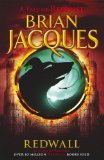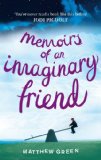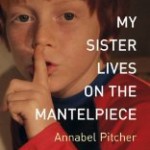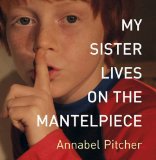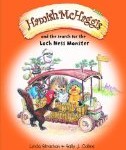
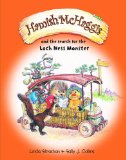

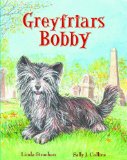
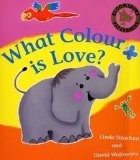



 Guest post written by Linda Strachan, the author of over 50 books for children.
Guest post written by Linda Strachan, the author of over 50 books for children.
Car crime, racism, stabbings, pregnancy; delicately seasoned with flying horses, puppies, a cuddly haggis and a dollop of love – Enter the diverse world of this children’s writer.
It is a curious thing – you would never ask a paediatrician if they are going to become a proper doctor i.e. a doctor for adults, but most children’s writers have been asked when they will write a ‘proper book’ (for adults!). I think the real question to ask a children’s writer is – ‘What kind of children’s books do you write?’
The answer might be – novels, non fiction, educational or picture books. Some write one kind of book while others will write across the ages and genres. I write novels for young adults, picture books for young children and pretty much everything in between.
One of the glorious things about writing for children (unlike writing for adults) is that you are less likely to be restricted to one age group, or even a single genre. But if you write for adults, publishers and readers alike will have expectations; do they know you as a writer of crime or romance, thrillers or literary fiction?
Writing is a lot about imagination but I never imagined I would be a writer. In fact it is amazing that it happened at all because when I was about eight years old a teacher once said ‘ (she)….lacks imagination.’ So for many years being a writer never really entered my head.
When I started I had my fair share of rejection slips (in fact I have a fat file full of them) and it was a steep learning curve, but in 1996 I got my first publishing contract. My latest book, a teenage novel (Dead Boy Talking – pub Strident – April 2010) will be my 56th book. Granted some of them are very short!
I love my work, the angst and delight of writing; losing myself in the story and living with my characters. It is the challenge of getting inside the head of a teenager or trying to find exactly the right words that will be reassuring and still have the awww! factor, for a bedtime story picture book.
Writing ‘short’ for a picture book means that every single word counts. You are continually working up the text, reading it out loud, cutting and moulding it, until the rhythm is strong enough to grab even the most casual reader. The story may seem deceptively simple but it must feel complete and satisfying for both the child, and the adult reader who reads it to them –again and again!
Writing ‘long’ for a novel it is important to get the feel of the characters and their situation so that the reader is taken along for the ride and not bumped out of the story because it seems unrealistic, or because the readers cannot recognise themselves in the characters.
Young people are very critical readers, they will not put up with anything that does not grab them and carry them through the story; they won’t put up with padding or self indulgent twaddle. There is no place to hide. As a children’s writer you also have to be prepared for very direct criticism. Most young people will be brutally honest about your book, even if it is negative, they will tell you with complete disregard for your feelings.
Writing is only a part of my job. The research is often fascinating. It has taken me out on a Saturday nightshift with an ambulance crew; extracting people from crashed cars on a training day with the local Fire Service training college; on tours of haunted castles and Royal palaces; speaking to experts about where pterodactyls nest or the culinary delights of Jamaica. So from pterodactyls and ghostly castles to crime and mayhem, being a children’s writer may be exhausting at times, but it is never boring.
I spend a lot of time travelling all over the UK, and beyond. I visit schools and libraries talking to children and I also speak to adults who want to start writing, at festivals, conferences and writing retreats. So I decided to write a book for people who were as excited as I was by the idea of writing for children. But it is not just for new and aspiring writers. I was keen to give a realistic view of what happens when you are first published; what to expect and how to gather support systems, and everything from school visits to handling finances. Many people have a very strange idea of what life is like for a writer. This probably comes from the media hype that surrounds any big book deal or mega-successful author; think JK Rowling’s Harry Potter or Philip Pullman’s Northern Lights. The reality is actually less Hollywood and more Eastenders!
Linda Strachan is the author of over 50 books for children and her book Writing for Children is full of information for aspiring and newly published writers.
is full of information for aspiring and newly published writers.
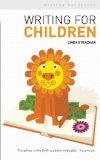

If you’d like the chance to win one of two copies of Writing for Children, then just leave a comment below, before midnight GMT on 5th January 2010.
Winners will be selected at random and notified by email.
The giveaway is open internationally.
Good luck!
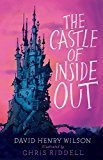 Source: Free review copy received from publisher
Source: Free review copy received from publisher

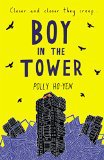

 (for children aged 10 – 14)
(for children aged 10 – 14)